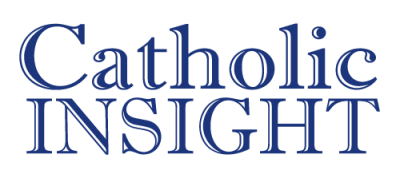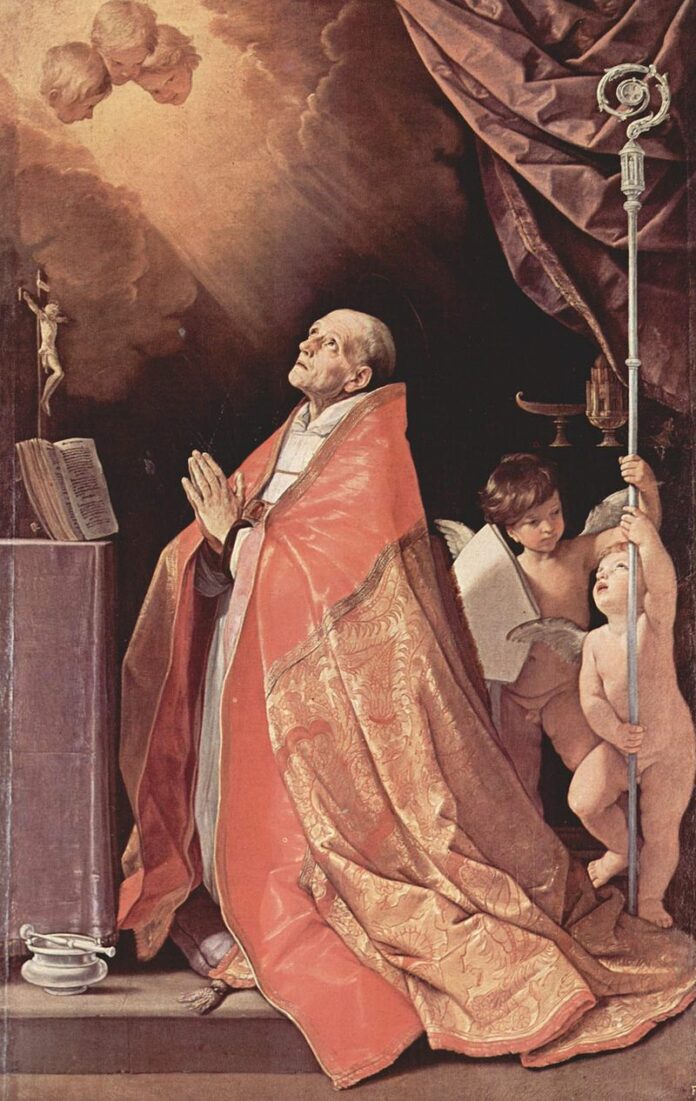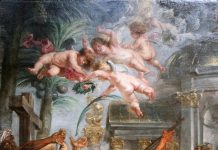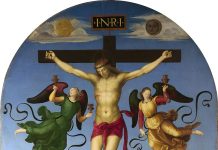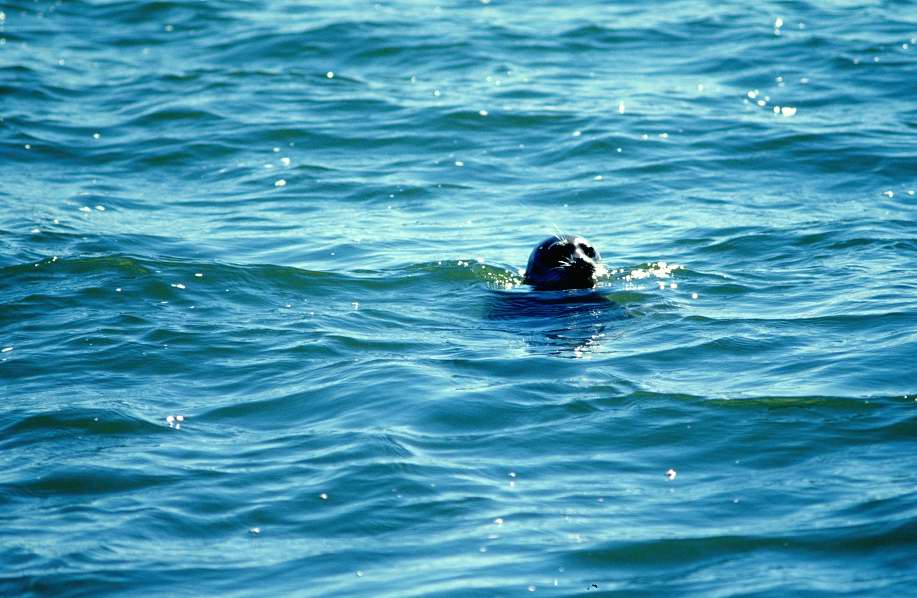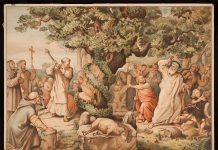Saint Andrew Corsini (1302 – 1374) was born in Florence on November 30th. Hence, he was fittingly named after the great Apostle. Alas, ‘Andrea’ did not live much like an apostle in youth, which was spent in dissolution, as do so many in those insouciant salad days. His mother’s words of concern for his soul finally hit home, by the grace of God, and he went to visit a local Carmel to discern his life. Grace kept working, and Andrew responded, resolving to join the Carmelites, and not did he never look back, but lived the vocation with a zeal almost unheard of, going beyond the austerity imposed by their rule. God in turn raised him higher. He was appointed prior of the convent in his native city, and was soon known as the ‘Apostle of Florence’.
On October 13, 1349, Pope Clement VI appointed Friar Andrew Bishop of Fiesole. He tried to run and hide, by some reports in a Carthusian monastery, but eventually submitted to the will of God. He increased his austerities and ascetical life – hairshirt and sleeping on vines – but was not dour, and gave himself joyfully to one and all. On Christmas Eve, Our Lady appeared to him, and predicted his death on the feast of the Three Kings. And so it was, Bishop Andrew went to the Lord on Epiphany in 1374 (or, perhaps, a year or two before).
Miracles soon abounded, and his body found to be incorrupt when it was exhumed in 1385. Andrew was canonized by Urban VIII on April 22, 1629. He was once quite famous, even if now largely unknown. Pope Clement XII – also of the Corsini clan – had a chapel dedicated to the saint in none other than Saint John Lateran, the Pope’s own and proper basilica. There is also a statue of the saint in Saint Peter’s square. Not a bad legacy to leave, and the may Saint Andrew intercede for the Church and for us all.
source, in parte: wikipedia.org
